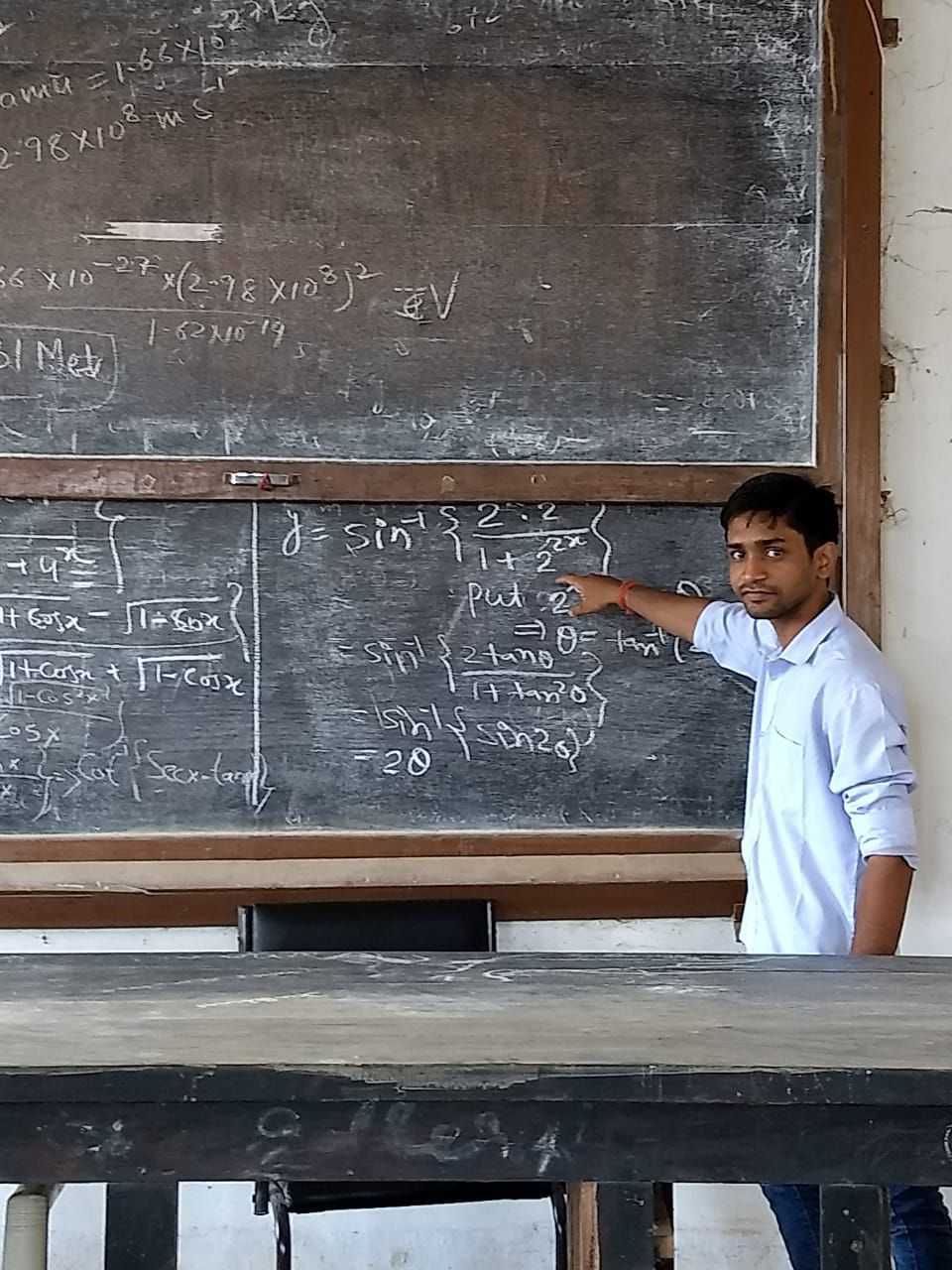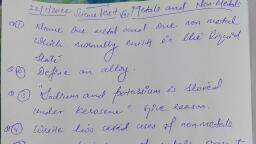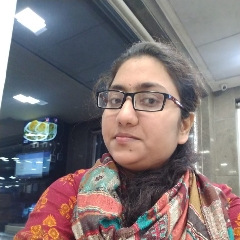Question 1 :
Assertion: Zinc is used in the galvanization of iron.
Reason: Its coating on iron articles increases their life by protecting them from rusting.
Question 4 :
Process of depositing a thin layer of zinc metal on iron objects is called:
Question 6 :
The complete loss of an electron of one atom to another atom with the consequent formation of electrostatic charges is said to be
Question 9 :
Which one of the methods given in column- I is applied for the extraction of the metal given in column II:<br/><blockquote><table class="wysiwyg-table"> <tbody><tr> <td><b>Column -I</b></td> <td><b>Column - II</b></td> </tr> <tr> <td>(A) Electrolytic reduction</td> <td>(i) Aluminium</td> </tr> <tr> <td>(B) Reduction with carbon</td> <td>(ii) Zinc</td> </tr> <tr> <td>(C) Reduction with aluminium</td> <td>(iii) Sodium</td> </tr> <tr> <td> </td> <td>(iv) Iron</td> </tr> <tr> <td> </td> <td>(v) Manganese</td> </tr> <tr> <td> </td> <td>(vi) Chromium</td> </tr></tbody></table></blockquote>
Question 12 :
Most of the metals which occurs in native state in nature:
Question 14 :
In case of formation of ionic compounds, the electronegativity difference between them is less than 1.7.<br/>
Question 16 :
When an element of very low ionization potential reacts with an element of very high electron affinity, then :
Question 22 :
State whether true or false :<br/><br/>All the elements having one electron in their outermost shell are metals.
Question 23 :
The bonds present in $\left( { N }_{ 2 }{ O }_{ 5 } \right) $ are:<br/>
Question 26 :
A magnesium ion has a net positive charge while the magnesium atom has __________. 
Question 27 :
In CaF$_2$, the number of electron(s) transferred from calcium to fluorine atoms are_____.
Question 28 :
During electrolytic refining of copper.<br/>(a) Pure copper acts as anode.<br/>(b) Pure copper acts as cathode.<br/>(c) Impure copper acts as anode.<br/>(d) Impure copper acts as cathode.<br/>
Question 29 :
The attraction between molecules and salt, when a salt is dissolved in water molecules, is :
Question 31 :
 Galvanizing is a process of coating iron with a metal to prevent it from rusting. The metal is :
Question 35 :
On the basis of following features identify the correct option:<br/>I. This metal is not obtained in free state.<br/>II. This metal is obtained by electrolysis of their chlorides in molten state.
Question 36 :
The second most abundant metal present in the crust of the earth is :
Question 39 :
During extraction of metals, electrolytic refining is used to obtain pure metals. Material which will be used as anode, for refining of silver metal by this process, is:<br/>
Question 40 :
Which of the following metals exist in their native state in nature?<br/>(i) Ca<br/>(ii) Au<br/>(iii) Zn<br/>(iv) Ag<br/>
Question 41 :
$Li$, $K$, $Ca$, $Na$, $Mg$, $Al$, $Zn$, $Fe$, $Pb$, $Cu$, $Hg$, $Ag$<br/>Which metal will displace hydrogen from acids but not water?
Question 42 :
The process of protecting iron by coating with zinc is called:
Question 45 :
The process to heat the ore in the presence of excess supply of air below its melting point is called as ________.<br/>
Question 46 :
Which among the following metals is employed to provide cathodic protection to iron?
Question 49 :
We have $CuSO_4$ solutions (blue) in two beakers A and B. In beaker A we add Ag pieces and in B we add Zn pieces. What will happen in A if :<br/>1. $Cu^{2+}$ is reduced to Cu<br/>2. no reaction.






































